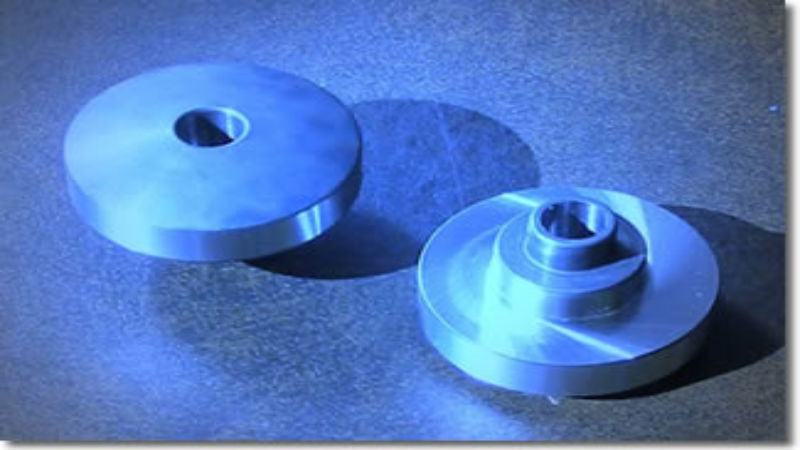One of the benefits of using a specialized shop for precision grinding services is the availability of specific types of equipment as well as the experience of the professionals operating the machines. This equipment is often not available in general metal or material working shops and experienced staff may also be an issue.
For precision cylindrical grinding for both outside and inside shaping, CNC cylindrical grinders allows for grinding to tight tolerances and to the requirements for the job. This includes the ability to grind to different diameters on or in a part, allowing for complex shapes and tapered components.
Key Elements
The equipment used for cylindrical grinding as well as the process used is different than for typical grinding and machining operations. To create the perfect balance around the centerline of the material, there are several factors that have to be in place.
First, the object or material itself will constantly be rotating in one consistent direction and at a pre-selected, constant speed for the specific grinding operation. Additionally, the grinding wheel will also be constantly in motion and it will also have a set speed and rate of movement.
Specifics of Grinding
Interior diameter grinding or ID requires the use of small grinding wheels that are smaller in width that the material. The material is rotated in place and the grinding wheel is inserted into the object and continues to traverse the interior. This creates shapes and cavities in the object as the wheel and the rotation of the material are opposite to each other.
Plunge grinding is used to make a hollow shaft in the material. With plunge grinding the wheel itself doesn’t traverse the interior of the material but rather makes ongoing contact with just one spot.
Outside diameter or OD grinding is typically completed when the object or material is mounted between centers. This ensures that the cylindrical grinding is concentric as there is centerline that remains consistent throughout the process. The part being worked on and the grinding wheel are both rotating in the same direction. Where the grinding wheel and the workpiece make contact they turning against each other, creating the grinding action and limiting pressure and stress on the workpiece while still effectively removing the surface in the desired shape.
By using the CNC or computer numerical control software the grinding wheels and the rate of rotation on the workpiece can be completely controlled. This results in identical shapes with every workpiece, something that was not possible on manually controlled machines.








